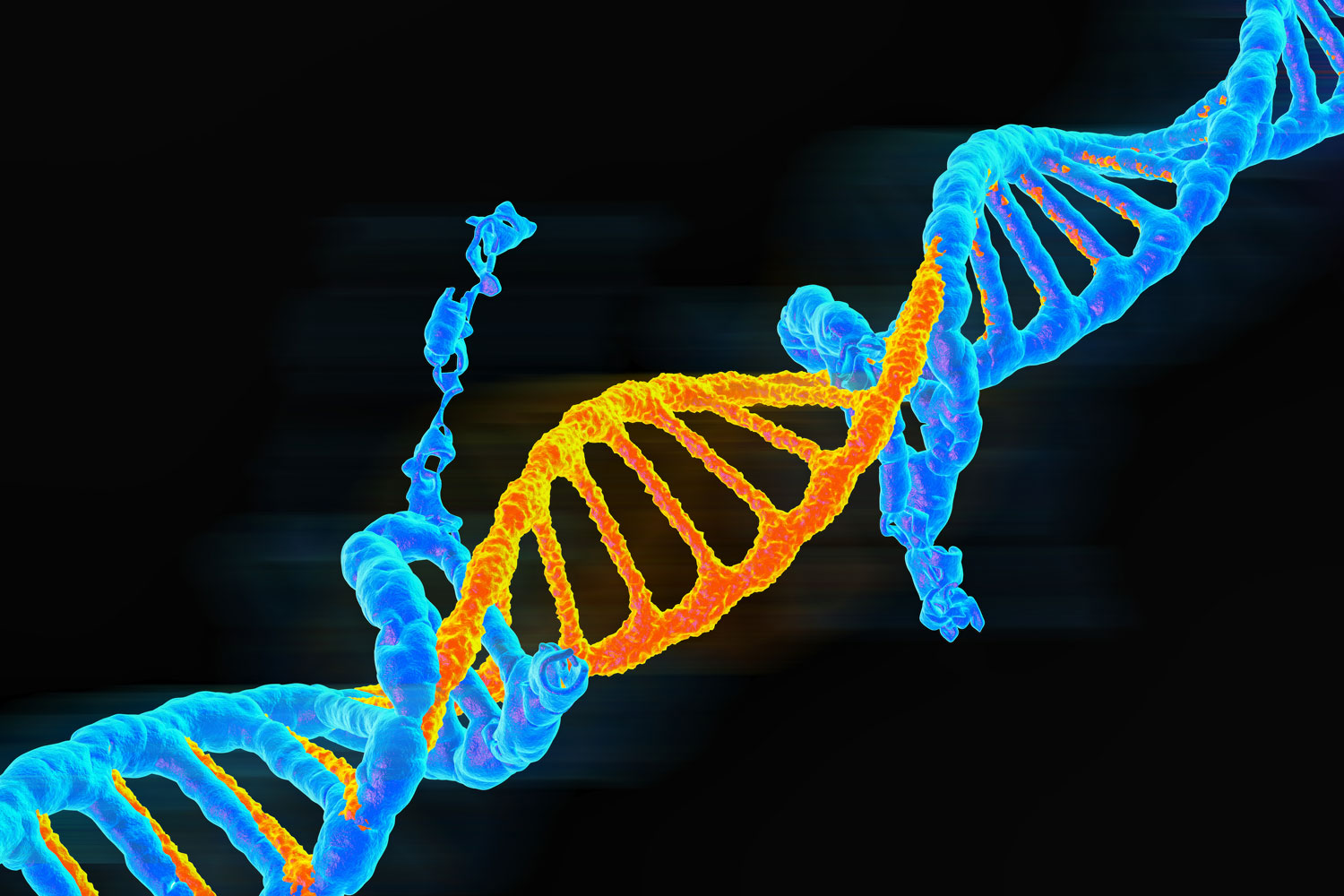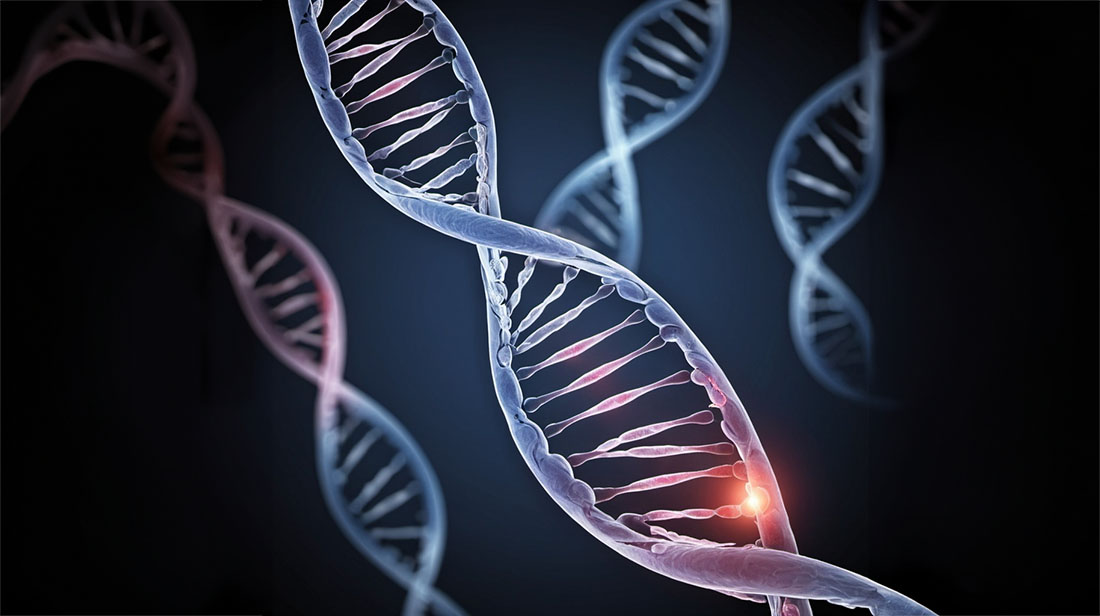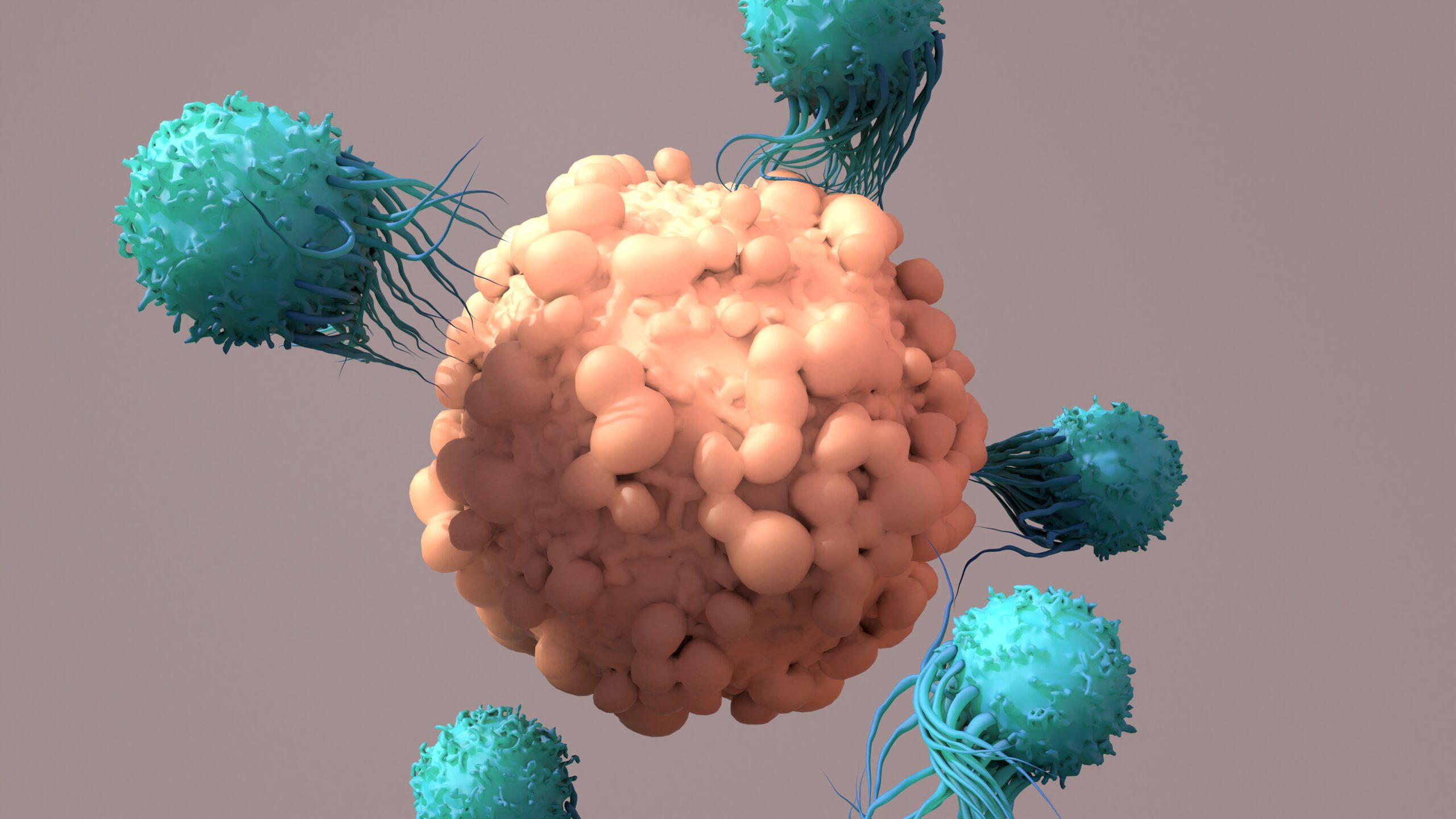
Researchers who publish in Cellular stem cells have demonstrated that genetically diseased liver cells can be taken from human beings, altered in the laboratory and used to regenerate the livers of model mice.
Recreating an entire organ has its own difficulties
These researchers begin their paper by discussing existing cell therapies for multiple tissues, such as bone, cornea, and even the entire skin of a seven-year-old with a life-threatening genetic disease. [1]. However, internal organs have their own problems, most notably immunorejection, in which the recipient’s immune systems reject the new organ as foreign material. While person-to-person liver cell transplantation is possible, immunorejection, even with immunosuppressants, makes this a risky proposition. [2].
Normally, to regenerate an organ through a cell therapy, the patient’s own cells are the best choice if possible; however, if these cells have a genetic disease, repopulating an organ with them would not be beneficial. However, if those cells could be genetically modified to cure this disease at the root, the repopulated cells would form a healthy organ while remaining untargeted by the patient’s immune system.
The liver, which has greater regenerative capacity than any other human organ, is the low-hanging fruit for this approach, which has already been demonstrated to work in pigs. [3]. While some work has been done on creating cells that are like liver cells (hepatocytes), those cells did not multiply enough to be useful. [4]. Other genetic approaches have also been found to be inefficient and impractical [5].
A CRISPR and AAV-based approach
By returning to well-studied genetic approaches, these researchers appear to have found a solution. First, they took hepatocytes derived from patients with genetic diseases and used an improved medium to culture these diseased cells. Then, using an adeno-associated virus (AAV) based on CRISPR-Cas9 biotechnology [6]they genetically altered these cultured cells.
This approach was not perfect and had some off-target effects, but it was clearly effective. Only a quarter of the cells eventually expressed the desired genes, but after purification, three-quarters of the cells expressed them.
These cells were then injected into a mouse model of liver disease, specifically human tyrosinemia type 1, which leads to liver failure. Two negative controls were used: untreated mice and mice given unmodified cells from diseased human donors. Each of these controls was dead within five months. Another control group was mice that received cells from healthy human donors. 8 out of 11 of these mice survived after 6 months. Of the mice that received genetically modified cells that had originally come from diseased human donors, 7 of 11 survived for 6 months.
Biomarkers confirmed this result. Although the edited cells were not exactly as effective as cells obtained from healthy donors, many markers of liver function were very similar, including bilirubin and albumin. The researchers believe these cells took longer to mature and populate than cells taken from healthy donors, but they still allowed most of the mice to survive. Further work confirmed that these cells are indeed capable of repopulating the organ.
This study stopped just short of an actual clinical trial. Genetically altered hepatocytes were shown to proliferate in mice; the next step is to multiply them in human patients who want to see if their genetic disorders can have an effective treatment. In addition, genomic instability is a hallmark of aging; if it is possible to modify and purify hepatocytes derived from elderly donors and repopulate their livers with these modified and proliferating cells, many age-related liver problems may have an effective treatment.
Literature
[1] Hirsch, T., Rothoeft, T., Teig, N., Bauer, JW, Pellegrini, G., De Rosa, L., … & De Luca, M. (2017). Regeneration of the entire human epidermis using transgenic stem cells. Nature, 551(7680), 327-332.
[2] Jorns, C., Nowak, G., Nemeth, A., Zemack, H., Mörk, LM, Johansson, H., … & Ericzon, BG (2016). De novo formation of donor-specific hla antibodies in two patients with Crigler-Najjar syndrome type I after partial hepatectomy preconditioning human hepatocyte transplantation. American Journal of Transplantation, 16(3), 1021-1030.
[3] Hickey, RD, Mao, SA, Glorioso, J., Elgilani, F., Amiot, B., Chen, H., … & Nyberg, SL (2016). Liver-directed ex vivo curative gene therapy in a porcine model of hereditary tyrosinemia type 1. Science Translational Medicine, 8(349), 349ra99-349ra99.
[4] Gao, Y., Zhang, X., Zhang, L., Cen, J., Ni, X., Liao, X., … & Hui, L. (2017). Distinct gene expression and epigenetic signatures in hepatocyte-like cells produced by different strategies from the same donor. Stem cell reports, 9(6), 1813-1824.
[5] VanLith, CJ, Guthman, RM, Nicolas, CT, Allen, KL, Liu, Y., Chilton, JA, … & Hickey, RD (2019). Ex vivo hepatocyte reprogramming promotes homology-directed DNA repair to correct metabolic disease in mice after transplantation. Hepatology Communications, 3(4), 558-573.
[6] Zhang, K., Zhang, L., Liu, W., Ma, X., Cen, J., Sun, Z., … & Hui, L. (2018). In vitro expansion of primary human hepatocytes with efficient liver repopulating capacity. Cellular stem cells, 23(6), 806-819.
Advertisement
#Treatment #genetic #diseases #liver #root #Longevity.io
Image Source : www.lifespan.io






